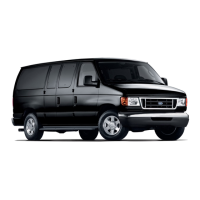
Do you have a question about the Ford 2007 Econoline and is the answer not in the manual?
| Brand | Ford |
|---|---|
| Model | 2007 Econoline |
| Category | Automobile |
| Language | English |
Warning regarding chemicals known to cause cancer or reproductive harm.
Information regarding vehicle operation and aftermarket products.
Highlights safety warnings and important operational advice.
Details the components of the diesel engine fuel system.
Explains the importance of engine oil for fuel injectors.
Describes the components and operation of the glow plug system.
Details the engine oil cooler and its function.
Explains engine speed control and risks of overspeeding.
Illustrates and describes warning lights for E-Series and F-Super Duty.
Explains the function of the glow plug pre-heat indicator.
Describes the water in fuel light and its meaning.
Explains the engine air filter warning light and filter replacement.
Details how to check and use the air filter restriction gauge.
Explains the engine boost gauge and potential damage from misuse.
Provides step-by-step instructions for starting the vehicle.
Offers guidance for starting the engine in cold temperatures.
Instructions on how to properly stop the engine.
Discusses fuel recommendations and filter clogging in cold weather.
Advice on operating in snow and avoiding water ingestion.
Recommendation for using the engine block heater in cold temperatures.
Guidelines for idling the vehicle in cold weather.
Explains the engine's cold weather idle up feature.
Describes the dual fuel tank selector and its operation.
Provides trailer towing capacities for E-Series vehicles.
Provides trailer towing capacities for F-Super Duty vehicles.
Details the ratings for the integrated hitch system.
Specifies hitch ratings for F-Super Duty trucks.
Instructions for jump starting E-Series vehicles.
Steps to prepare the vehicle before attempting a jump start.
Locating the jumper stud and connecting jumper cables.
Detailed steps for connecting jumper cables to batteries.
Steps for initiating the jump start sequence.
Instructions for safely removing jumper cables.
Continued steps for safely removing jumper cables.
Provides instructions and precautions for cleaning the engine.
Diagrams identifying components in the engine compartment.
Specific identification of E-Series engine components.
Specific identification of F-Super Duty engine components.
Details the location of the Fuel Conditioner Module (FCM/HFCM).
Importance and requirements of scheduled maintenance.
Specifies the types of diesel fuel suitable for the engine.
Instructions for correctly using the fuel filler cap.
Information on fuel quality and the use of aftermarket additives.
Recommends specific diesel fuel conditioners and warns against others.
Advice on fueling at truck stops and fuel contamination.
Information on fuel fill pipe and nozzle compatibility.
Details on Fuel Conditioner Modules and water draining.
Procedure for draining FCM/HFCM and changing fuel filters.
Steps to remove and replace the HFCM fuel filter element.
Steps to remove and replace the FCM fuel filter element.
Instructions for replacing the engine-mounted fuel filter.
Procedure for installing new fuel filters and purging air.
Detailed steps for accurately checking the engine oil level.
Specifies quality and API categories for engine lubricating oils.
Chart correlating SAE viscosity grades with expected temperature ranges.
Procedure for changing engine oil and filter.
Maintenance procedures for severe service operating conditions.
Guidance on replacing the air filter element.
Steps for replacing the air filter element on F-Super Duty.
Instructions for removing and disengaging air cleaner covers.
Federal and Canadian laws regarding emission control systems.
Prohibitions on tampering with noise control systems.
Acts presumed to constitute tampering with noise control systems.
Warning against using starting fluid in the diesel air intake system.
Basic troubleshooting steps for common vehicle issues.
Troubleshooting steps if the engine cranks but does not start.
Lists potential causes for engine overheating.
Explains causes for blown fuses and replacement warnings.
List of Motorcraft part numbers for common service items.
Table showing refill capacities for various vehicle fluids and components.
Details recommended lubricants for engine, coolant, and transmissions.
Overview of the scheduled maintenance program.
Explains the benefits of following the maintenance schedule.
Emphasizes maintenance for reliability, durability, and resale value.
Information on fluid discoloration and flushing procedures.
Location and identification of engine emissions information.
Recommends using Ford dealerships for parts and service.
Highlights the expertise of factory-trained technicians.
Lists system checks available at Ford dealerships.
Information on the availability and warranty of Ford parts.
Encourages customers to consider dealership services.
Guidance on selecting the correct maintenance schedule.
Basic maintenance checks to be performed by the owner.
Specifies the maximum interval for oil changes.
Details the change intervals for Motorcraft Premium Gold Coolant.
List of checks to be performed monthly.
List of checks to be performed every six months.
Procedure for retightening lug nuts after wheel disturbance.
Recommendations for a multi-point inspection at each service.
Introduction to the normal maintenance schedule.
Scheduled maintenance tasks for 7,500 miles.
Scheduled maintenance tasks for 15,000 miles.
Scheduled maintenance tasks for 22,500 miles.
Scheduled maintenance tasks for 30,000 miles.
Scheduled maintenance tasks for 37,500 miles.
Scheduled maintenance tasks for 45,000 miles.
Scheduled maintenance tasks for 52,500 miles.
Scheduled maintenance tasks for 60,000 miles.
Scheduled maintenance tasks for 67,500 miles.
Scheduled maintenance tasks for 75,000 miles.
Scheduled maintenance tasks for 82,500 miles.
Scheduled maintenance tasks for 90,000 miles.
Scheduled maintenance tasks for 97,500 miles.
Scheduled maintenance tasks for 105,000 miles.
Scheduled maintenance tasks for 112,500 miles.
Scheduled maintenance tasks for 120,000 miles.
Scheduled maintenance tasks for 127,500 miles.
Scheduled maintenance tasks for 135,000 miles.
Scheduled maintenance tasks for 142,500 miles.
Scheduled maintenance tasks for 150,000 miles.
Details axle lubricant checks and changes under normal conditions.
Axle lubricant replacement intervals for specific models.
Impact of biodiesel blends on engine oil change intervals.
Maintenance schedule adjustments for towing or carrying loads.
Maintenance for heavy commercial use involving idling or low speeds.
Maintenance adjustments for operating in dusty conditions.
Maintenance schedule for off-road vehicle use.
Maintenance recommendations for short trips in cold weather.
Maintenance for vehicles using Biodiesel B5.
Log for recording special operating condition maintenance.
Section for dealers to record completed services.
Record for tracking engine coolant changes.

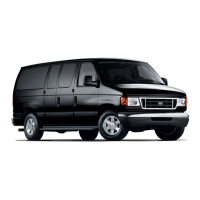
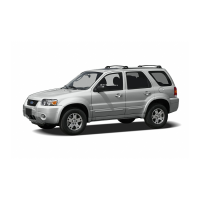


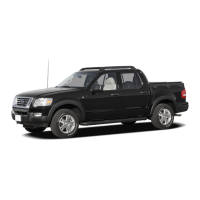
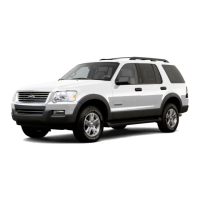
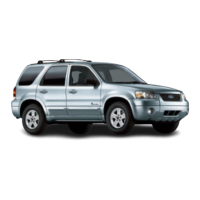
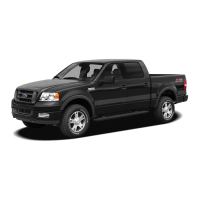
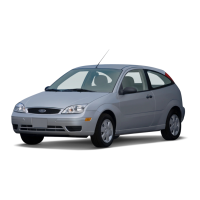
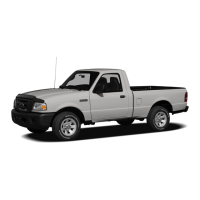

